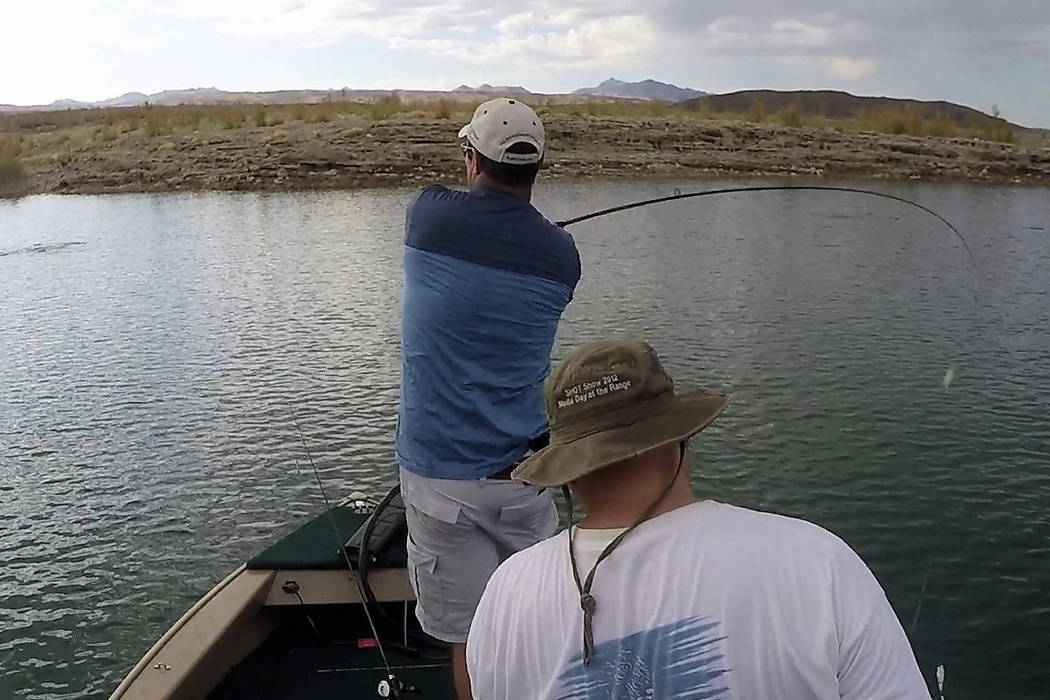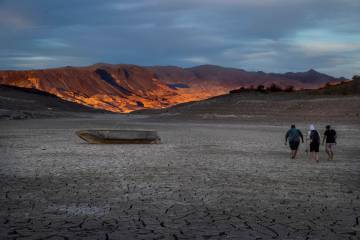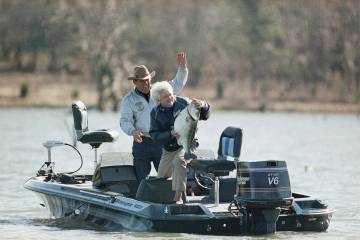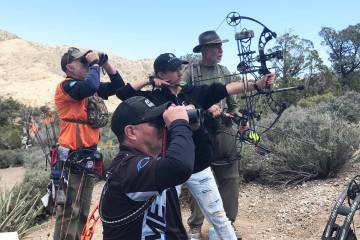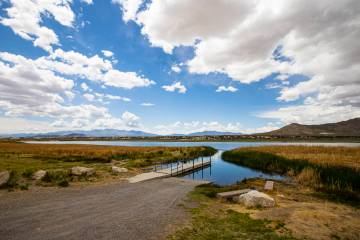One thing anglers can agree on is topwater fishing
Hang out with anglers long enough and you will discover that regardless of their common interest in catching fish, they all have their own ideas of what makes fishing enjoyable. Some are specialists and others generalists.
A specialist is an angler who focuses his attention on catching a specific fish species or on using a particular technique. For instance, some anglers fish only for trout and consider the pursuit of any other species as fishing heresy. Not to be outdone, some bass fishermen follow a similar train of thought, focusing their efforts only on largemouth, smallmouth or spotted bass.
A generalist simply enjoys fishing and will gladly pursue any species of fish. Perhaps the generalist’s philosophy can be summed up by a friend who once said, “I’ll catch anything, as long as it wiggles.”
Whether an angler prefers fishing for trout, bass or some other species, there is one aspect of fishing for which they all have a penchant. That’s topwater action.
The phrase topwater action means just what it says — fishing activity that happens on top of the water rather than below the surface. For the fly fisherman, topwater action is at its best during a hatch when insects are landing or floating on the water’s surface. Few things are as exciting as having a hungry trout blow up on your dry fly as it bobs up and down with the motion of the water.
For the bass fisherman, there is nothing like having a hungry bucket mouth erupt from the depths and crush your popper or plastic frog while you watch it splash across the water as you reel it in.
For the striped bass enthusiast who enjoys catching the line sides at Lake Mead or Lake Mohave, the best topwater action of the year can be found during the summer months and into the fall. In other words, right now.
The best topwater striper fishing takes place when hungry stripers pursue threadfin shad with such ferocity that it creates a disturbance on the water’s surface. This disturbance is often referred to as a striper boil.
When a group of prowling stripers nears a school of shad, the baitfish will concentrate together in a tight “ball” to avoid becoming a striper’s meal. Not to be deterred, the stripers raid the shad ball to eat, kill or maim as many shad as possible. This all happens at the surface and provides anglers with terrific fishing, if you can catch up with the boil.
During a recent outing at Lake Mead, my friend and I happened on a small striper boil that measured perhaps 25 to 30 yards across. The boil moved at a steady pace that was just fast enough that we couldn’t catch it while using the trolling motor.
Some boils are short in duration, while others might last for several minutes. Some are small, measuring a few feet across, while others can be quite large. The key to fishing a boil is a stealthy approach. If you get too close, the stripers will back off and the boil will stop.
Pull your boat to within casting range but don’t encroach on the boil. Cast across the disturbed area and reel your bait back into the boil. Effective lures include a Zara Spook, Jumpin’ Minnow, white Super Fluke and many other white plastics or hard baits. Remember, you are trying to imitate a shad. If the fish are focused on feeding, all you have to do is put your bait in the feeding zone. They’ll take the bait.
If you are fishing a boil and it suddenly dies, don’t panic. If you have another rod that is outfitted with a Kastmaster or something similar, throw it where the boil was occurring. Let it sink for a few seconds, then reel it in. You might need to try various retrieves, but stripers still in the area will often hit that follow-up presentation.
The best times to find striper boils are shortly after sunup and just before sundown, though boils are sometimes seen at other times of the day. No matter what species you are targeting, it’s always a good idea to keep an extra rod handy that is rigged for striper boils. You never know when you will need it.
Freelance writer Doug Nielsen is a conservation educator for the Nevada Department of Wildlife. His “In the Outdoors” column, published Thursday in the Las Vegas Review-Journal, is not affiliated with or endorsed by the department. Any opinions are his own. Find him on Facebook at @dougwritesoutdoors. He can be reached at intheoutdoorslv@gmail.com.



